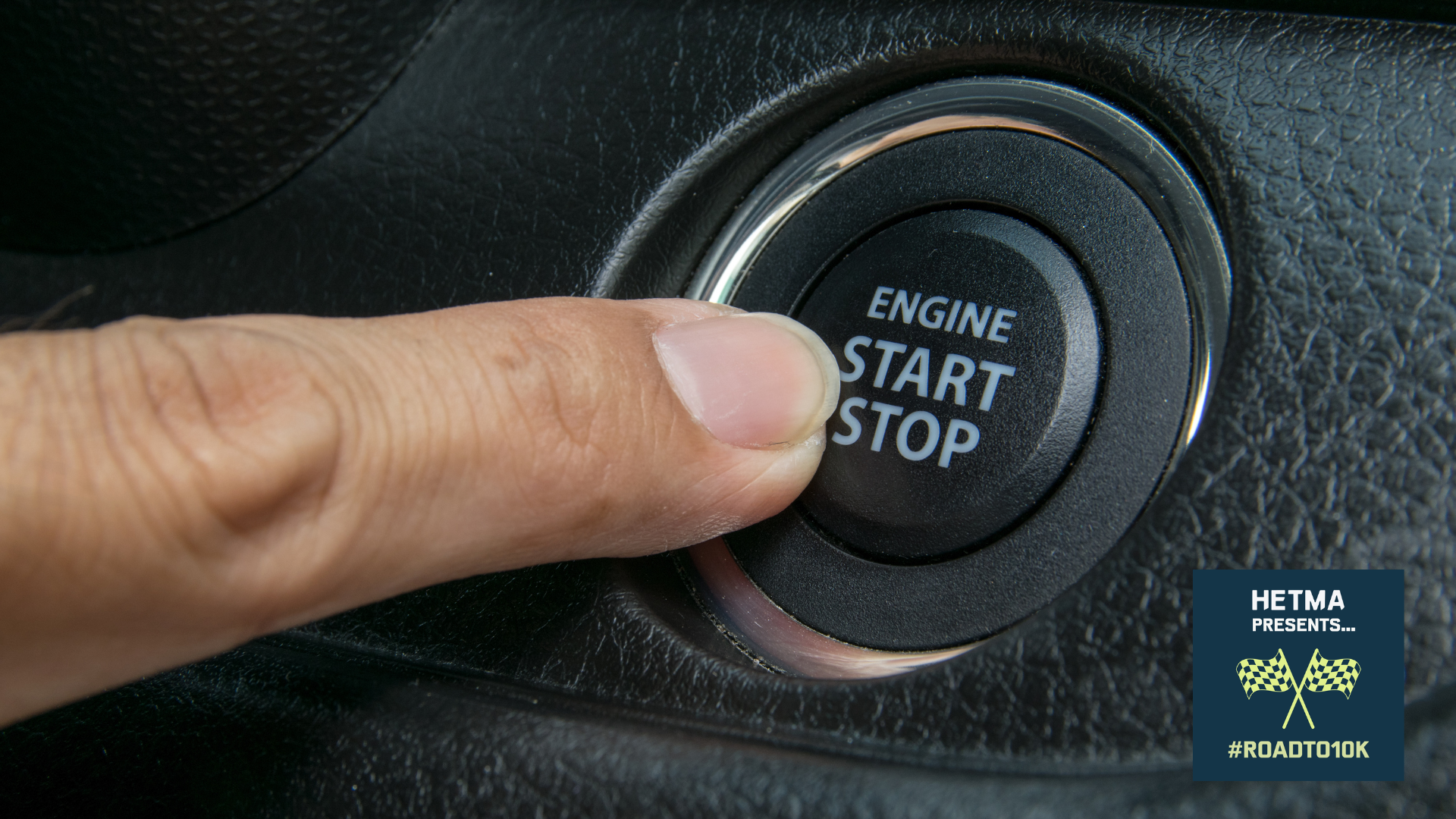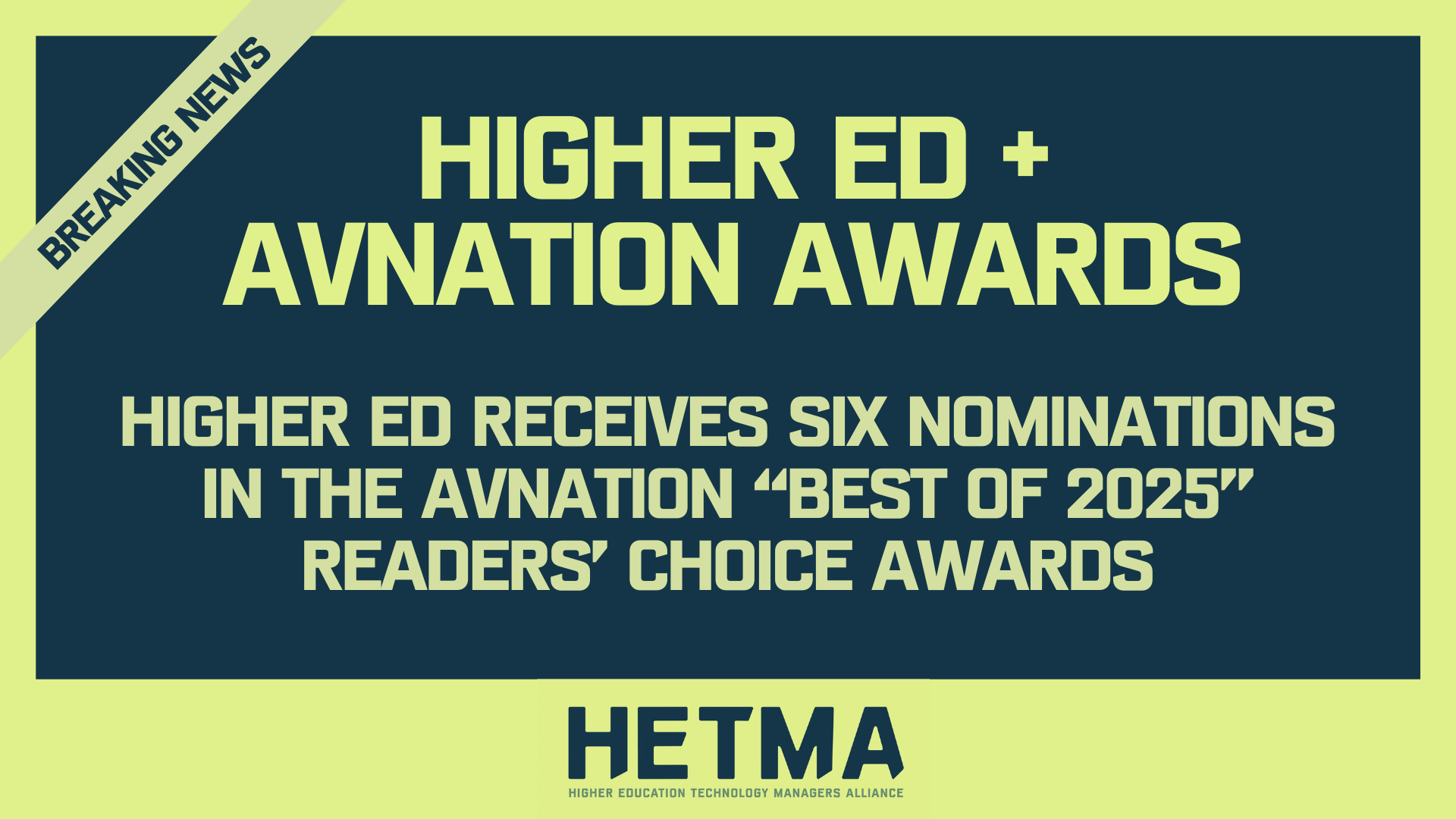The Student Experience
The student experience is something that is not always at the forefront when we design our classrooms. We may consider some elements, like viewing angles and audio, that impact the student experience but we mainly focus on how faculty will interact with our systems. We consider what buttons will look like, we consider what wording will be on the panels, where the faculty might present, what equipment the faculty might try to connect, and the list goes on. We just always consider sitting in the seats, being a squad on the screen, or reviewing the recorded class at a later date. In this article, I could talk about AV gear that we all know all too well but I will not. I am going to take a look at the information technology side and how this impacts student experiences.
The Information
The main purpose of our classrooms is for the students to get information. Presenters are using our equipment to send text, voice, and images to the students. We don’t have control over the information itself but we can control how it comes out. We sit here and try to keep things simple for us, we hold true to our standards which then make each room a cookie cutter of each other. Yes, we might have a couple of special rooms but the bulk of our rooms are carbon copies of each other. Having carbon copy rooms does make it simple for us for budget, support, etc… but do we ever consider if they help or hinder our students from getting the proper information? With this in mind, we need to make sure our equipment can support the information that the presenter wants to share. We can’t do this unless we listen to our faculty members and I mean really listen.
It is the presenter who is providing the information to the students, they are just using our equipment to do it. If our equipment does not handle video well and our presenter needs to put information into text format could something be lost in the translation? They might be getting the same information but maybe it does not impact them like the proper medium would have.
- Did we consider this in our design and technology choice?
- Do we even ask the faculty what would be the best medium to share their information?
- Do they even know what is or isn’t supported?
The Technology
Unless we are faculty as well as technology managers we do not have control over the information. We do however have control over the technology.
- Do you ever sit in during a class to see it from the eyes and ears of a student?
- Do we see how the information is coming out of our equipment?
Another aspect we should consider is how our students are using our technology when they are not in a class. Education in college happens everywhere and not just during the time a faculty is talking to them. This means our classrooms might be used during non-scheduled class time.
- Do we lock our systems down so the students can’t access it?
- Do we have technology that allows the students to share their content, easily, with each other and even the faculty member?
Conclusion
I know this article had more questions and less of what we should do. I felt these questions were questions that should be asked. To tell the truth, these are questions that I am asking myself these days. I am looking at the spaces I support and seeing how students can take advantage of our equipment to enhance their education experience.









